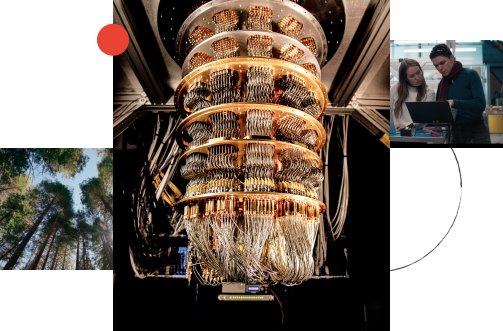Consideration on CMAS arriving as discrete particles
Abstract
Turbine contaminants known as CMAS mostly arrive as individual particles in a range of mineral compositions to turbine hot sections where they are deposited and within a small area can be treated as arriving at random locations as splats. By the time the particles reach the hot section the particle size maximum is believed to be 10 microns. Using a simplified heat transfer analysis suggests the arriving temperature will be the turbine inlet temperature. Using AFRL03 as a representative set of possible minerals, for most turbine inlet temperatures a mixture of melted and un-melted particles will arrive. There are 31 combinations of the 5 minerals of AFRL03 presenting a wide range of melting points experimentally investigated in this paper. As expected, combinations generally melt at lower temperatures than the highest melting mineral in each combination. The progression of conditions starting with the arrival of isolated individual minerals is modeled using monte carlo simulations and known materials from percolation theory. This allows understanding of the development of coverage fraction and potential for mineral mixing important to melt behavior as a function of normalized CMAS dose. Using the normalized CMAS dose it is also possible to comment on the likely relative fraction of coating life during which less than fully homogenized CMAS dominates behavior. It is noteworthy that 4 out of 5 minerals and 4 mineral combinations lack either calcium or silicon or both and also melt below 1300°C. Interaction in the early deposition stage involves non CMAS like chemistries.
